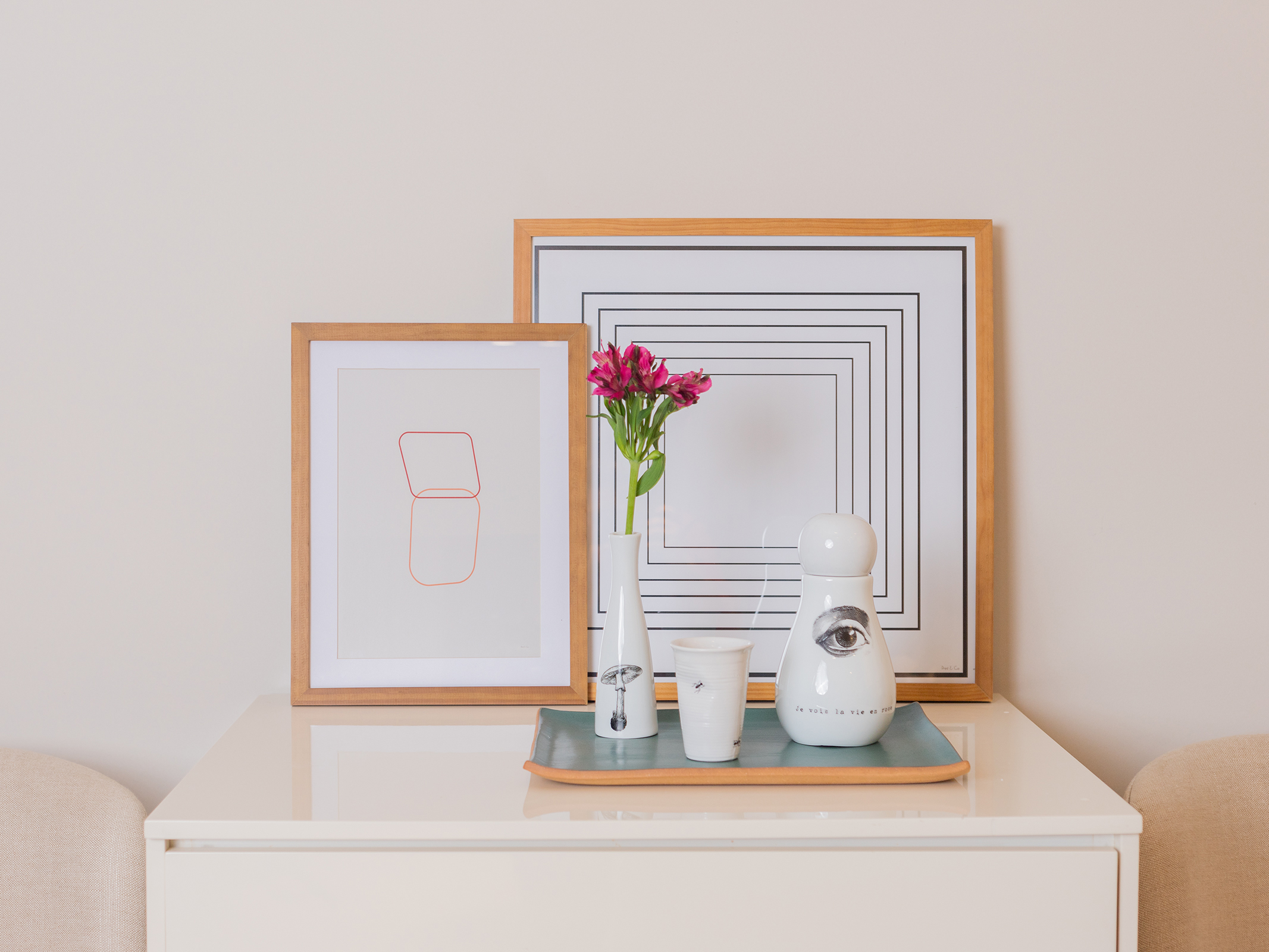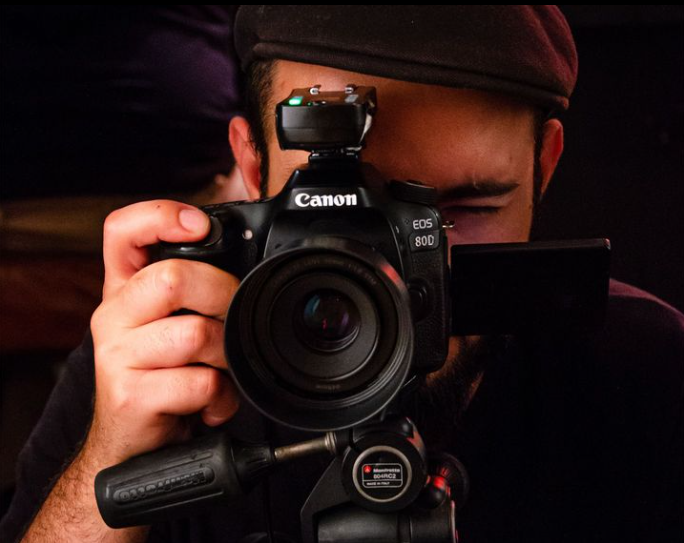Do this if you want to take incredible photos.
Hello photographers and photography lovers! Today's blog post is for you!.

Piktiz
Gabrielle Haiek.
5 minutos .
Based on Henry Carroll's book "Read This If You Want to Take Incredible Photos," we'll give you 8 tips based on the words of the biggest names in photography.
These tips go beyond angles and lighting to take impressive photos, we bring tips from the essence behind professional photography.
Your composition:
The composition of a good photograph is primarily how you choose to organize the visual elements in your image, often the organization of these elements comes from your feelings rather than angle calculations.
1- Start by ignoring everything:
Taking great photos depends much less on technical know-how and much more on mastering the most valuable pieces of the kit: your eyes!
2- Look for directional lines:
Great compositions take you on a journey. Your eyes follow a specific path through the image that leads to where the photographer wants to take you. According to Henri Cartier-Bresson, directional lines should be used to give structure to your composition and attract the viewer to key elements.
3- The shape of things:
Horizontal photos (or landscape format) encourage our eyes to move from side to side. Vertical photos (or portrait format) make them move up and down. Always try to combine the format of your image with dominant lines or the natural flow of your subject, meaning the shape of your image and subject will work together to guide the eye in a clear direction.
4- Think inside the box:
Framing draws attention to a specific part of your composition. This is especially useful if you are shooting a moving scene.
5- Layered appearance:
Foreground interest offers the viewer a springboard to your image and increases their sense of depth. When photographing landscapes, it's easy to focus on the big views, but always keep an eye on what's happening immediately around you. Often what is around your eyes is the key to an elaborate composition.
6- Use your primitive instinct in symmetry:
Symmetry is not composing your image like an inkblot from the Rorschach test. It's creating a general sense of harmony and balance. Symmetry reflects the subject's mood, allowing human elements to infiltrate. The little things that catch our attention without disturbing the balance.
7- Every centimeter matters:
When composing an image, avoid "passive" areas that don't add much. Every point in the photo will be observed, try to always capture what catches the eye and attracts both the expert and amateur eye and both can be surprised by your work.
8- Minimizing:
Don't see the world as it is. See it as a photograph. Feeling the visual weight of a scene is a complicated balancing act, but your eyes are already quite effective scales, you measure visual weight when deciding where to hang a picture on the wall or when arranging food on a plate. All you have to do now is apply that already honed skill to your photography.
"Good photographs follow rules. Truly great photographs often break them."
 Português
Português Español
Español English
English


















.jpg)
.jpg)

.jpg)










.jpeg)
%2010.00.14.jpg)
%2010.46.53.jpg)
